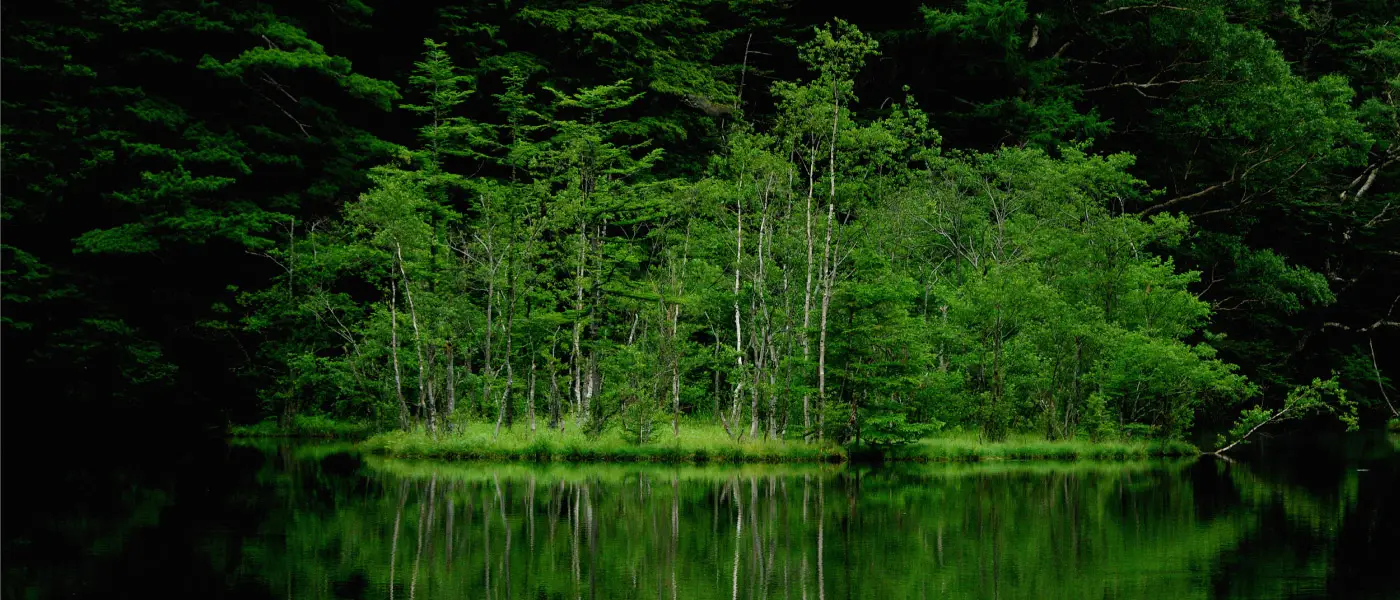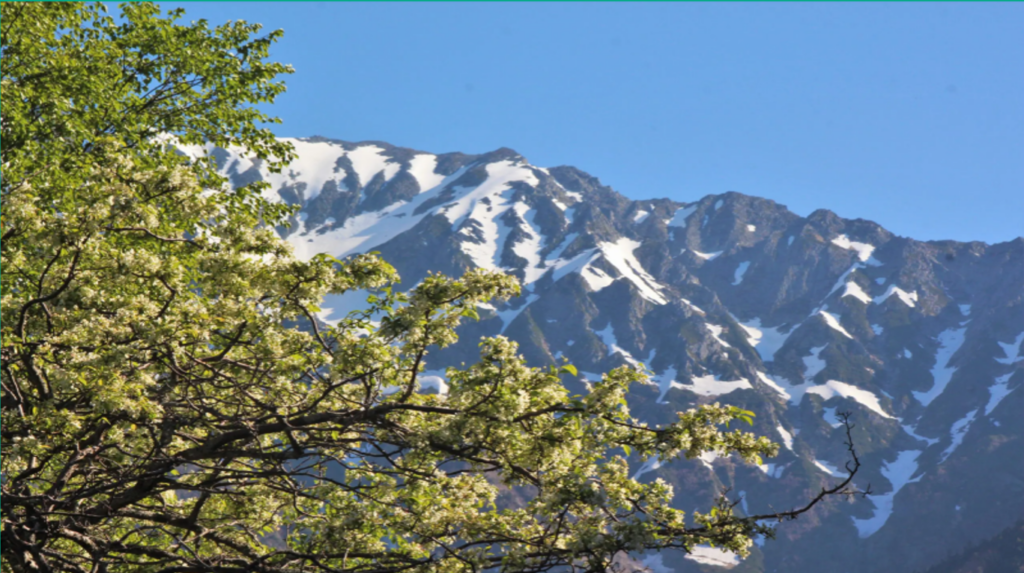
A hearty hello to all of our loyal readers around the world!
It's beginning to feel a lot like summer here in the Northern Japan Alps. Temperatures rose to 28 degrees Celsius last week while residents of nearby Tokyo experienced a dangerous spike in summer-like heat well ahead of schedule.
Of course, Kamikochi will always be the exception to such trends. It rarely gets unpleasantly hot even in early August. And even with Mount Yake spewing livid plumes of volcanic smoke into the air, the park itself is cool as a cucumber. It is amid these brisk conditions that we present the following Terry Wogan-inspired tribute to the flowers of May and June.
Spring in Kamikochii is often identified with one particular seasonal bloom in the form of anemone locally known as nirinso:
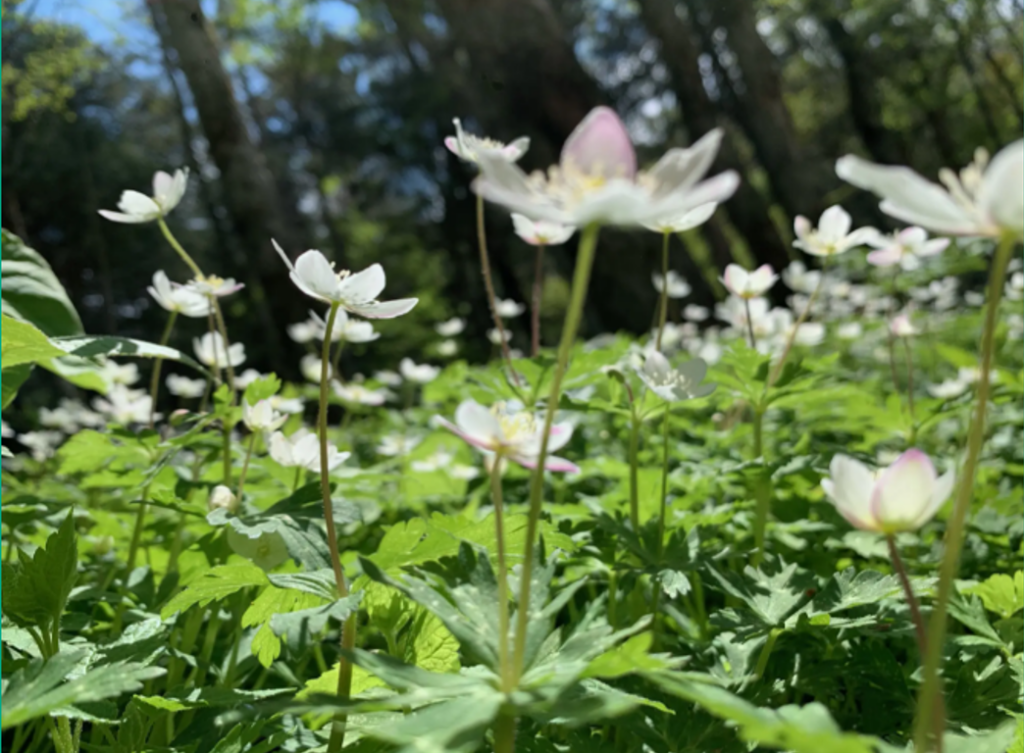
The amount of attention lavished on this small, unassuming flower may seem bewildering to someone encountering for the first time, but when seen in large numbers, nirinso can be quite breathtaking.
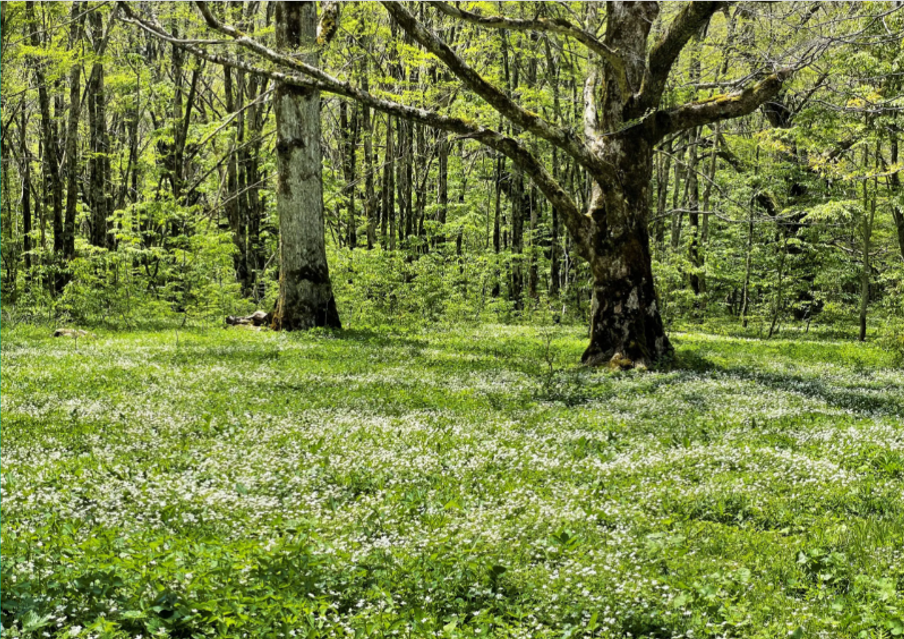
Another variety white blossom can be found adorning not the grass below, but rather the crab apple tree branches above. The konashi, which is the namesake of the popular Konashidaira Camping Area is now nearing peak bloom:
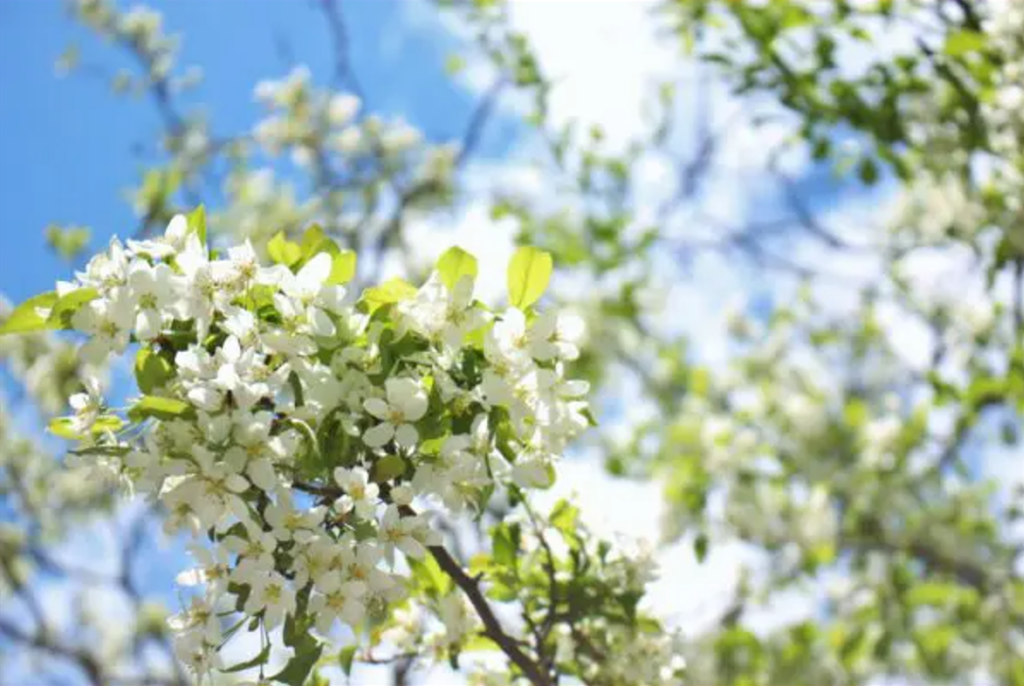
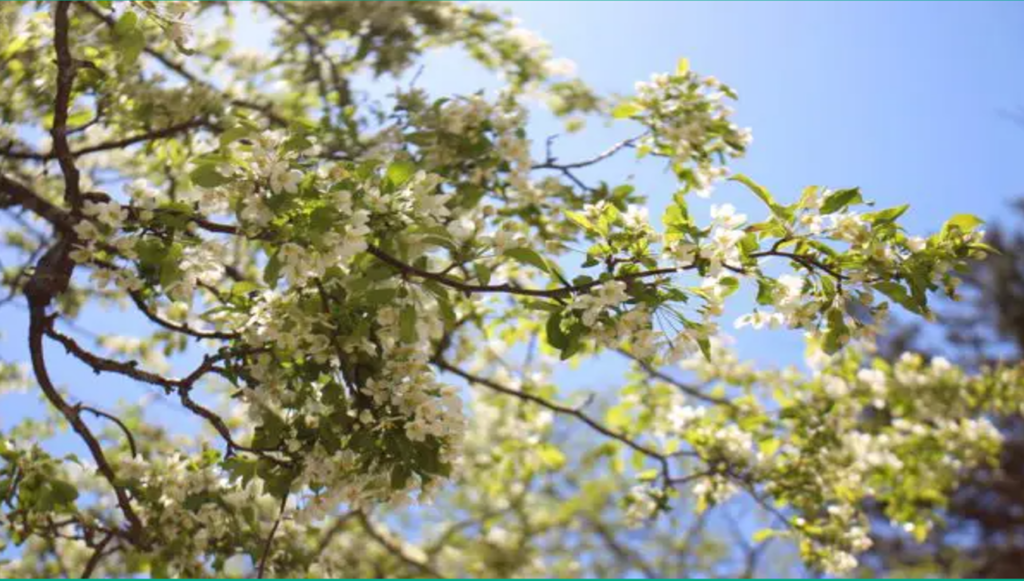
Next on our list is the Rashomon kazura, which shares part of its name with a famous Akutagawa Ryunosuke story and the even more famous Kurosawa Akira film which was loosely based on it (the story, not the plant). As it turns out, this form of kudzu is a perennial herb known as Meehania urticifolia, which emits a lemony scent.
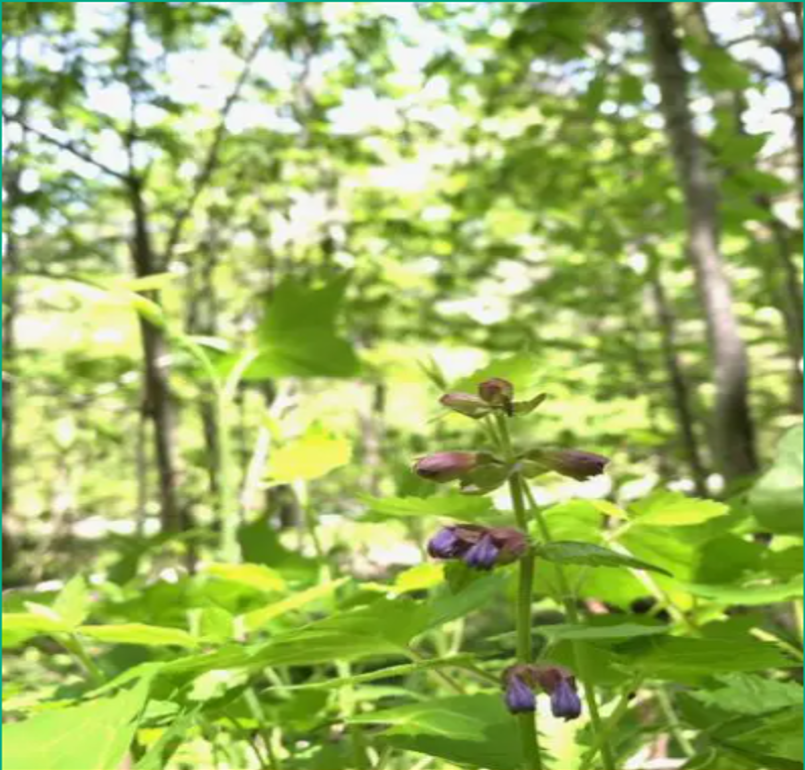
Next, we turn to the sankayou. Otherwise known as the Diphylleia grayi, or "skeleton flower," its white petals may be rendered transparent by a single drop of water. The flowers have a rich fragrance which has been likened to a sweeter version of the konashi's scent.
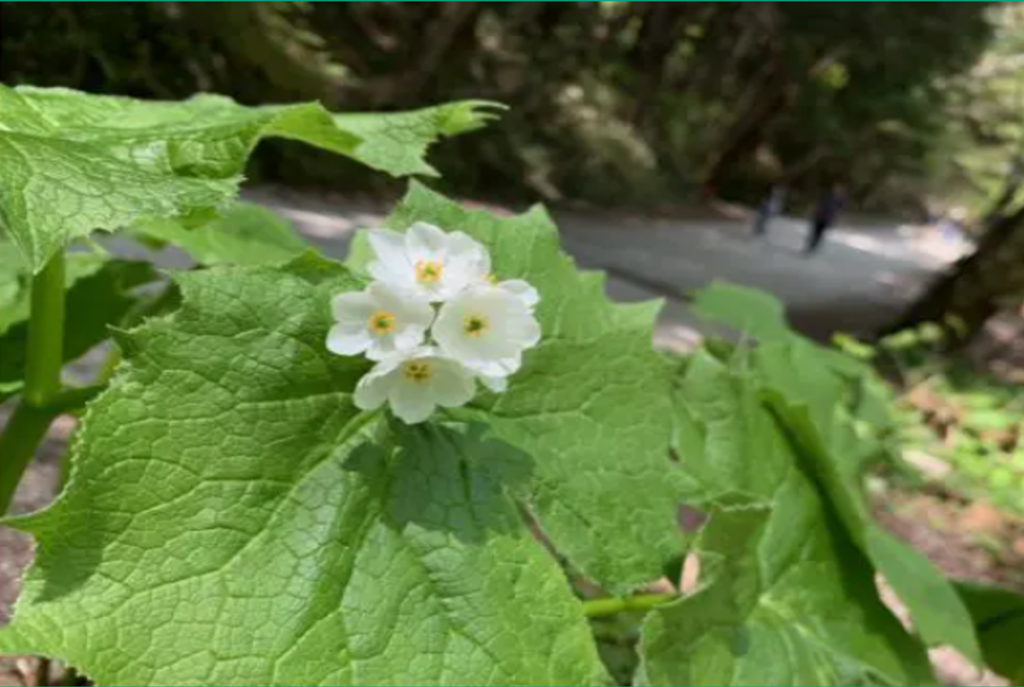
And speaking of rich fragrances, you can now find these beauties blooming along the left bank of the Azusa River, just minutes from Kappa Bridge. Behold the okamenoki, otherwise called Viburnum furcatum, forked viburnum or scarlet leaved viburnum:
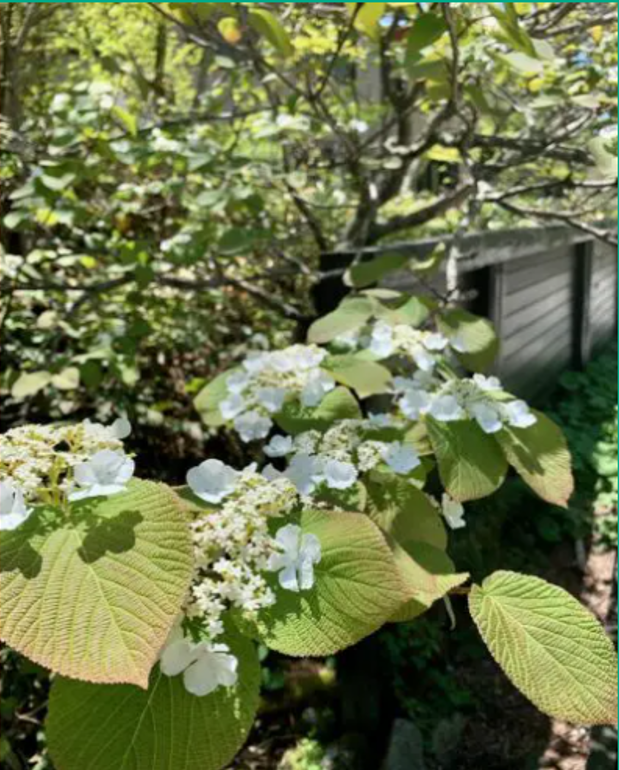
And with that we conclude today's longer than expected entry. As always, we have the folks at Five Sense to thank for posting all of the info and images used here. Lovely stuff! Keep it coming.
We're aware that some of our readers who haven't previously been able to do so may now be planning visits to Japan. We do hope to see you along the trails of Kamikochi one of these days. Remember to stop and smell the flowers...
Sources of Information:
Nature Guide Five Sense, Kamikochi blog: https://fivesense.guide/blog/today/33755/



